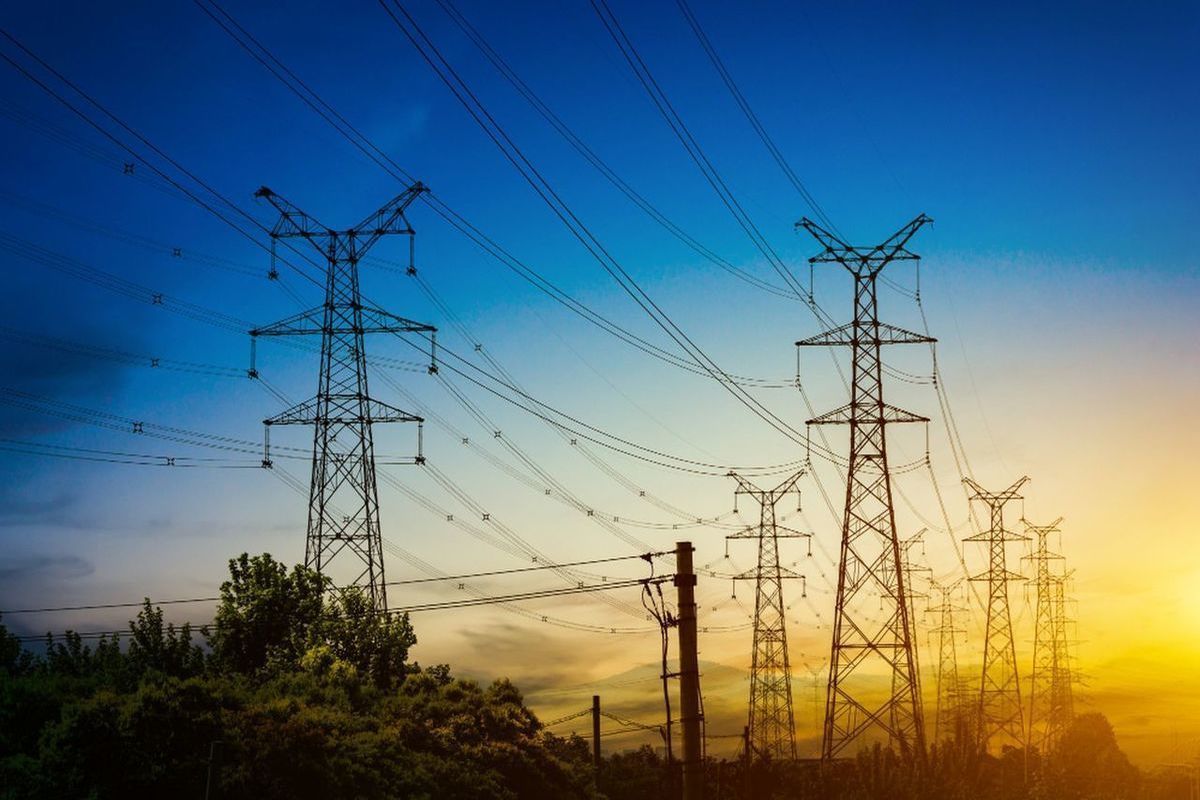FAS will help Russian regions with the methodology for introducing a differential tariff for electricity
[ad_1]

The topic of differentiated electricity tariffs for the population is truly complex. Many are afraid that due to such a measure, the amounts in “payments” will increase noticeably, however, both regulatory authorities and experts are unanimous in their opinion – 95% of ordinary consumers will not experience the innovations. However, for the mechanism to work effectively, it must be constantly adjusted and adjusted as necessary. It was the ways to improve the diphtariff that were discussed at the FAS Russia practical seminar on tariff regulation.
Prerequisites for progressive tariff formation
The cost of electricity for the population in Russia is below the economically justified level. To compensate for lost income, increased payments are established for businesses. This mechanism is called cross-subsidization.
Initially, the “crossroads” was called a measure for social support of citizens, but in reality it turned out that the wealthiest citizens who have large real estate, electric cars and pay a reduced price for a huge amount of electricity receive the greatest benefit from the subsidy. A consumer with average consumption practically does not feel this support.
Moreover, feed-in tariffs are used by some in inappropriate ways – citizens create handicraft industries in garages and spare rooms of houses, making a profit from such activities, but paying for electricity like an ordinary consumer. The same scheme is followed by “gray” cryptocurrency miners, who install farms in apartments and “change houses”, schools and basements of houses.
Such citizens do not pay taxes on “entrepreneurial” activities, and also cause harm to the energy system of the region and the country as a whole. The thing is that the standard connection power for residential premises is not intended for increased loads. As a result, for example, of mining, the load on power grids increases manifold, which causes the risk of network breaks and power supply disruptions, fires, etc. At the same time, energy companies do not receive significant funds for investment in network modernization.
General Director of Rusenergosbyt Mikhail Andronov noted: “As long as consumers do not have a differentiated tariff, which should be, but simply a tariff, there will always be problems with investments (in the energy sector, in the grid complex).”
To combat the misuse of benefits and reduce the volume of cross-subsidies, a mechanism for differentiated electricity tariffs was invented.
“In our opinion, a differentiated tariff helps combat cross-subsidization and illegal cryptocurrency mining,” Deputy Head of the Service Gennady Magazinov emphasized during the FAS seminar.
The meaning of the mechanism is simple – the more you consume, the more you pay. At the same time, to determine the tariff schedule, three consumption ranges will be introduced: the first – with the preservation of the preferential tariff, the second – with an increased coefficient and the third – with a tariff comparable to the price for wholesale consumers.
Refinement of the mechanism
To date, 53 Russian regions have decided to use differentiated tariffs; from May 1, the mechanism is expected to be introduced in another 20 regions of the country, says the FAS. However, as diftariffs spread, “weaknesses” were identified that required adjustments.
One of them is the lack of a unified methodology for establishing consumption ranges. Most of the regions where the diphtariff will start operating from July 1 have set the limits of the first range at 10 thousand kWh per month, which is unattainable in conditions of connection with a capacity of 15 kW. At the same time, large households with swimming pools, saunas and other luxury items, as well as home mining farms, will also fall into this range. Thus, the differentiated tariff will not fulfill its role and will not cut off large consumers of electricity.
“We see consumption ranges of more than 40 thousand kWh per month, it would be interesting to talk with colleagues and find out how these ranges were established, based on what considerations. Apparently, the regions will need help from the federal center (in developing consumption ranges),” the Federal Antimonopoly Service of the Russian Federation clarified.
The Market Council Association (which unites participants in the wholesale energy market) agrees with this. The head of the association, Maxim Bystrov, noted: “Most of the regions that introduced the diphtariff set the limit of the first range at 10 thousand kWh per month. In our opinion, this boundary is of a “decorative nature”; we propose to formalize the definition of the maximum threshold values of the first and second energy consumption ranges. Regional authorities will have to be guided by these values when making appropriate decisions.”
He also proposed setting the boundaries of the first range at 2.5 thousand kWh per month in summer and 5 thousand kWh per month in winter.
In parallel with this, the Federal Antimonopoly Service is already working on creating a unified methodology for establishing consumption ranges, calling on regions to more adequately assess the parameters for establishing a differentiated tariff. “The service will carry out work on detailed adjustment of the ranges in each region,” they summed up.
[ad_2]
Source link






